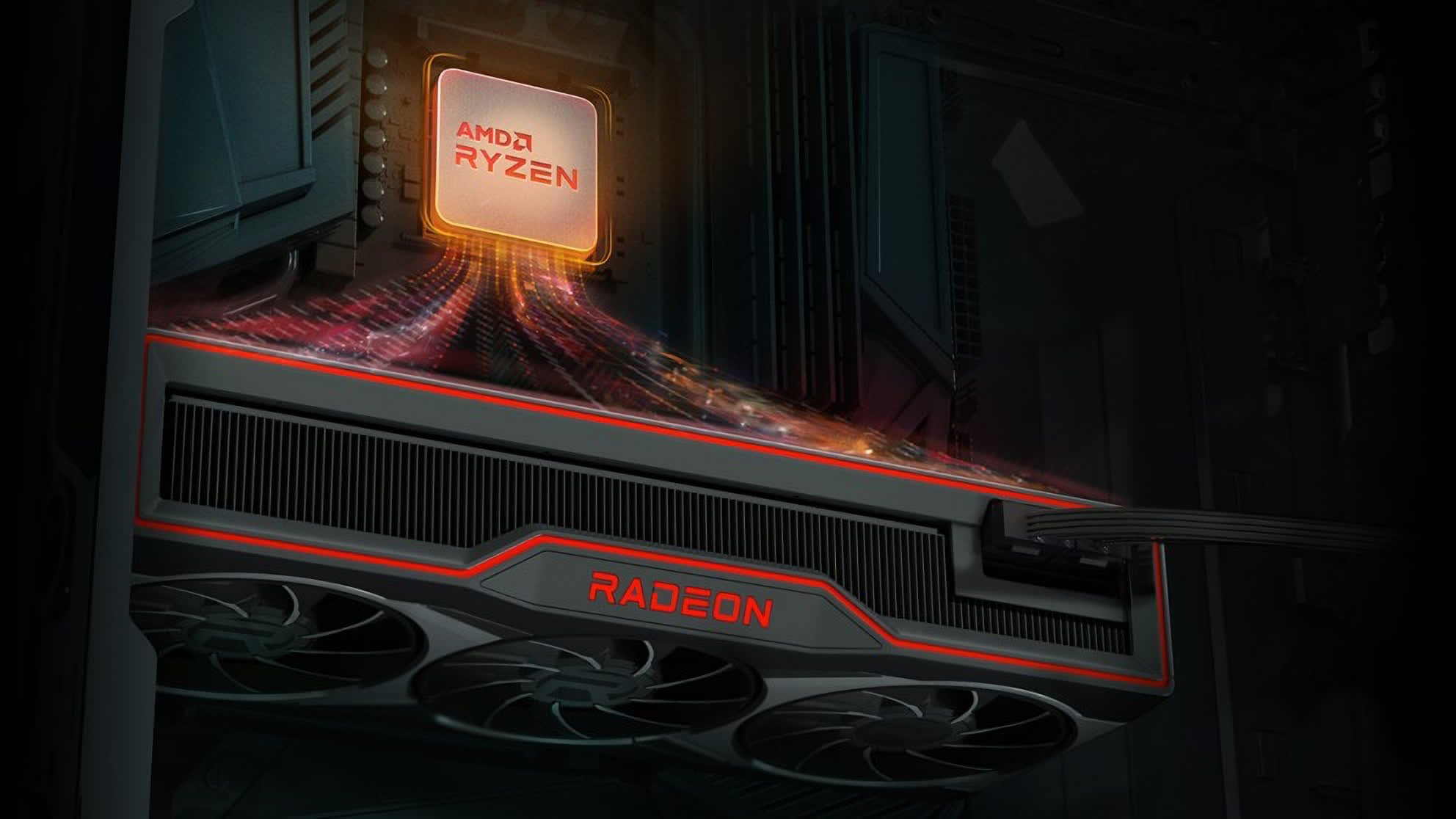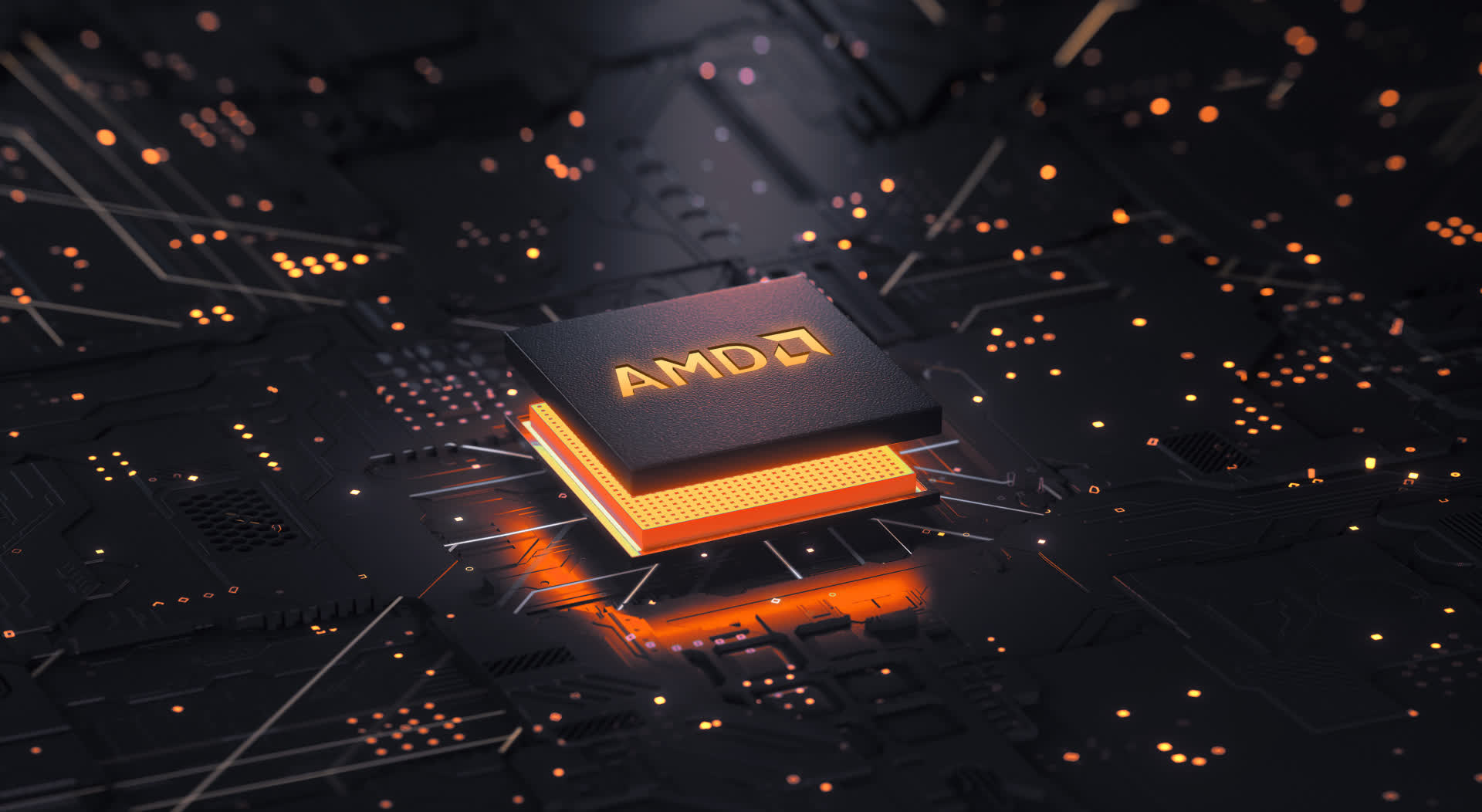In brief: Server CPUs are a major driver of revenue growth for AMD, but the company says it still cares about gamers and will do its best to improve the availability of its high-end CPU and GPU parts for desktop and laptop PCs. That aside, the company is contemplating custom Arm-based silicon designs, citing interest from several customers.
Recently, Deutsche Bank's Ross Seymore asked AMD CFO Devinder Kumar about a range of topics concerning the company's financial performance over the past year.
One of the interesting things revealed during the discussion is that AMD's impressive 60 percent year-over-year revenue growth is mainly held back by ongoing supply issues with chip substrates that limit the company's ability to produce more processors, GPUs, and console APUs.
That issue could be related to the fact that TSMC is already cranking as many wafers as it can, and expanding capacity is a slow, multi-year process. Kumar was hesitant to say when things might improve, but did express optimism that come 2022, the supply will be better than it is right now.

With this in mind, it becomes a question of how to distribute the limited production capacity across product categories and maximize revenue. AMD has been prioritizing high-growth areas like server and high-end desktop CPUs, and that strategy has worked well so far. Last month, it was able to capture a 22.5 percent share of the x86 CPU market, mostly thanks to these two product categories.
Kumar says AMD will continue in this direction, but not to the point of building excess inventory. He wouldn't say, but it makes more sense for the company to prioritize Ryzen and Epyc processors, which carry higher profit margins. At the same time, the company is dedicating a $600 million quarterly budget for research and development in the server space. It still has work to do in reducing lead times, which are now at 20 weeks for Epyc versus 1-2 weeks for Intel's Xeon.
When asked about the GPU side of the equation, Kumar pointed out that Radeon 6000 series graphics cards released last year have also contributed to revenue growth. However, he vehemently denied the suggestion that AMD was prioritizing miners over gamers in any way.

Towards the end of the interview, Kumar explained that AMD is "prioritizing commercial gaming, premium customer working with our PC vendors for higher end products that command better ASPs." This means the company is well aware of the issue and solving it will greatly help its bottom line. At the same time, lower-end Ryzen 5000 CPUs and Radeon 6000 graphics cards may remain in short supply for a while.
Another bit worth mentioning is that AMD is open to working with Arm to create custom silicon for the data center and consumer PC markets if the need ever arises. AMD is also rumored to be working on an Arm-based rival chip for Apple's M1, but so far it appears to be a closely guarded secret. What we do know for sure is that AMD's partners have asked the company about making Arm-based designs. Kumar says "we stand ready to go ahead and do that even though it's not x86, although we believe x86 is a dominant strength in that area."
